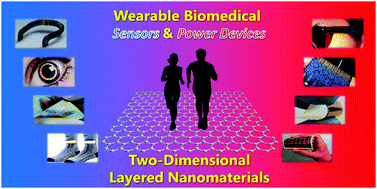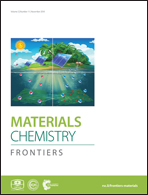Engineering two-dimensional layered nanomaterials for wearable biomedical sensors and power devices
Abstract
High-quality personalized medicine and health management have increasingly demanded wearable biomedical electronic devices (WBEDs) towards being more flexible and stretchable. This modern-life oriented trend has driven tremendous efforts from both academia and industrial enterprises devoted to research and development of new-generation WBEDs for improving the quality of home medicine. The development of such WBEDs crucially depends on design and assembly of new-types of materials. Thanks to superior physicochemical properties derived by their two-dimensional (2D) layered structural nature, 2D layered nanomaterials (2DLNs) hold notable advantages and are offering a promising material platform for energy, sensing, and wearable electronic applications. By using 2DLNs as versatile building modules, a number of technical breakthroughs have recently been achieved for manufacturing state-of-the-art 2DLNs-supported flexible/stretchable sensors and power devices, which could help WBEDs further achieve enhanced flexibility/stretchability and realize remarkable performance improvements. This review aims to offer timely and comprehensive evaluations of the current status, remaining challenges, and future perspectives of 2DLNs-supported wearable biomedical sensors and power devices, with the emphasis on the latest advancements and the significance of 2DLNs in device design and fabrication.

- This article is part of the themed collection: 2018 Materials Chemistry Frontiers Review-type Articles


 Please wait while we load your content...
Please wait while we load your content...